Connor Viela colors his world
and it doesn’t come naturally
Photo by courtesy of Connor Viela
‘Holding on to Hope’ is a charcoal and ink artwork by junior Connor Viela, who works in grayscale and color despite color blindness.
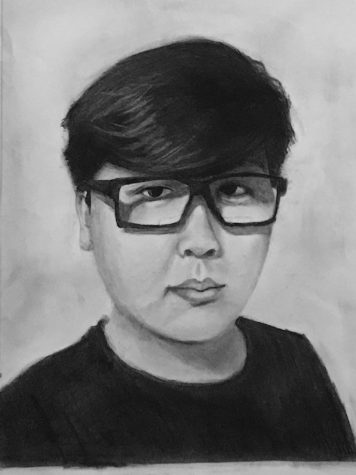
I had to go with my gut and say that it looked okay.
— Connor Viela
Junior Connor Viela sees the world differently, but that doesn’t stop him from pursuing his passion for art despite being colorblind.
Art has been one of Viela’s favorite pastimes since the eighth grade. He is most inspired by personal experiences, the imagery he gets from his favorite music, and reading. He also has pieces based off different scenarios and alter egos he’s created. Viela enjoys being in the Arts and Communications Academy as he is able to express himself and learn new things to create a portfolio that will help him get a career in art.
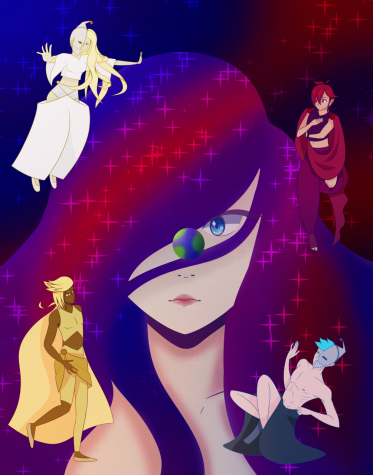
He made some amazing colored digital art pieces in Drawing and Painting II class.
He showed them to me and asked, “What colors do you see in this piece, and can you tell me where they are?”
Viela had to ask because he has red-green color blindness. This means that he has a hard time telling the difference between reds and greens, and browns and oranges. The difference between normal sight and colorblind sight is caused by light-sensitive cells in the eyes called cones. Someone who is colorblind has different sensitivity in these cones than those with regular sight.
“It’s not a bad thing. It’s just how we see the world,” Viela said. “The way I see the world is the same way you see the world, I just don’t see certain shades.”
Making colorful art pieces, however, can get tricky for a colorblind person. Viela walked me through his art process by telling me that when he chose his colors, they all looked different to him.
“After I blended them thoroughly and made them gradient, my eyes saw that the blue and purple were the same. I knew where I placed the colors and that I blended them well, so I had to go with my gut and say that it looked okay,” he said.
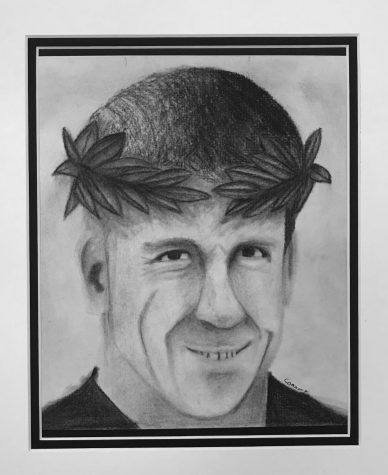
Being colorblind does take a toll on his choices with colors, and the way he blends them.
“I’m not that confident in using colors” he said, so a lot of his pieces are in black and white, but he has developed a system for working with color.
“I organize colors in a rainbow, and that helps me keep each shade separate. I also read the color labels, or use a monochrome color palette which makes things easier,” he said.
Viela doesn’t think his condition is in conflict with his artistic career choice.
“It’s not unusual, there are many artists that are colorblind,” he said. “When a colorblind artist compares their art to someone else, there’s nothing to compare, art is just what we create.”
Viela puts out new pieces frequently, and wherever you find him, he will have his sketchbook and pencils ready for new ideas. He has been selected for huge school art projects because of his admirable talent and extraordinary ideas, including the murals on the way down to the gym and a mural on Kekuʻiapoiwanui/Kekaulike.

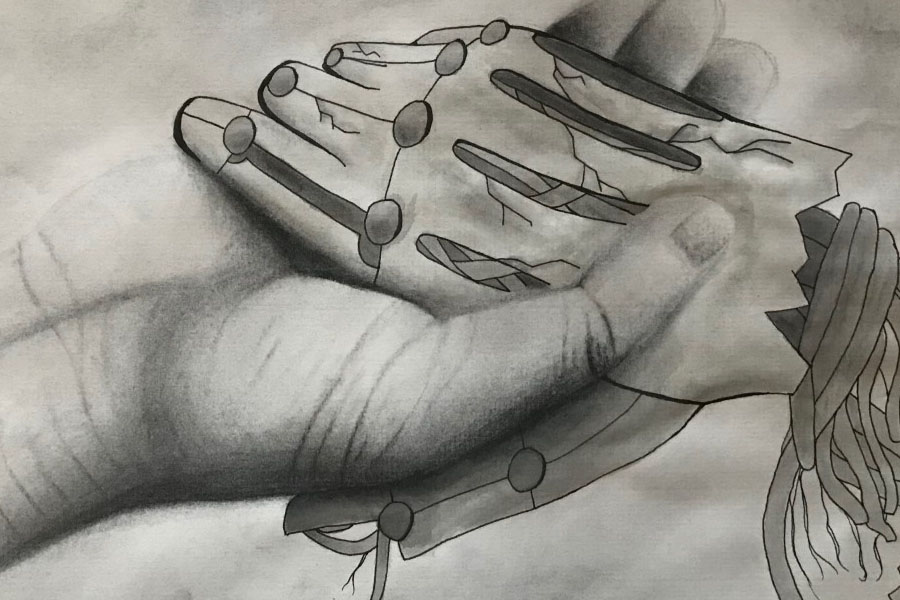



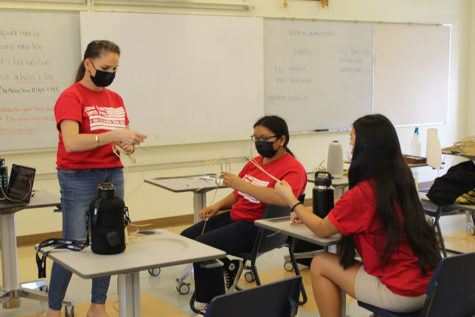
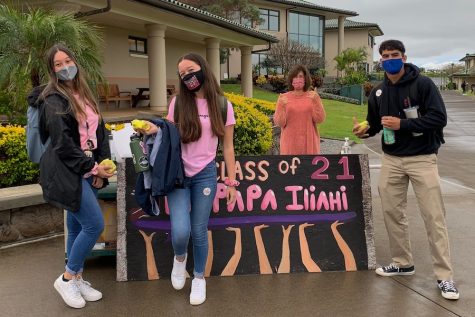


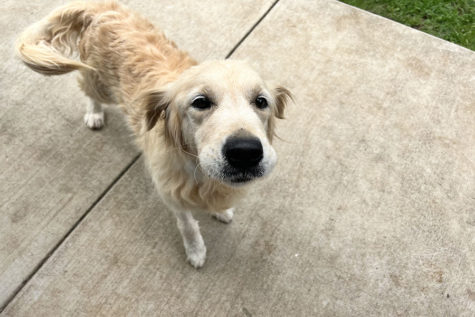
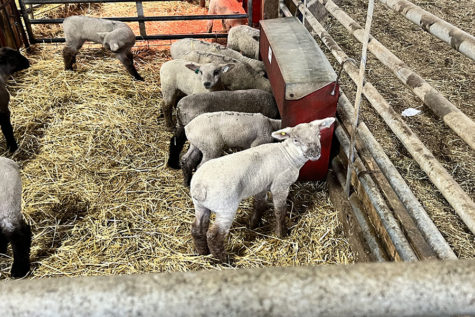
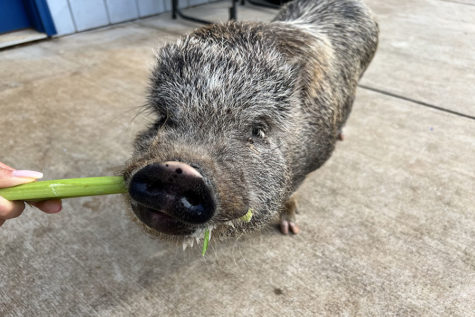
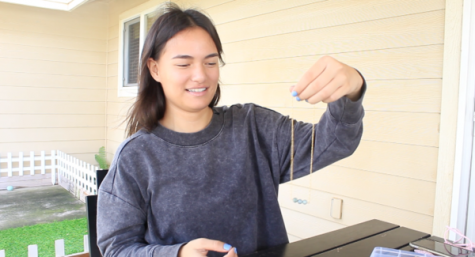
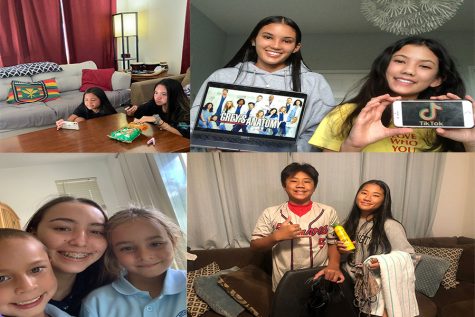
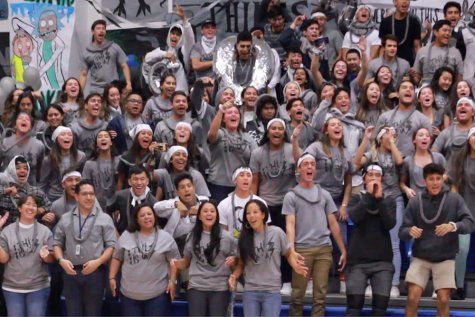
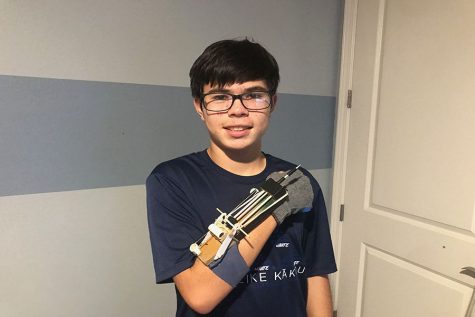
Trystan Ah Yat • Jan 20, 2020 at 1:05 am
This is a very inspiring story. I have family members and friends who struggle with color-blindness and reading this helps me to understand their perspective of the world a lot better now. I will make sure to share this story with my friends and family who are dealing with the same thing as Connor Viela. His artwork is amazing!!